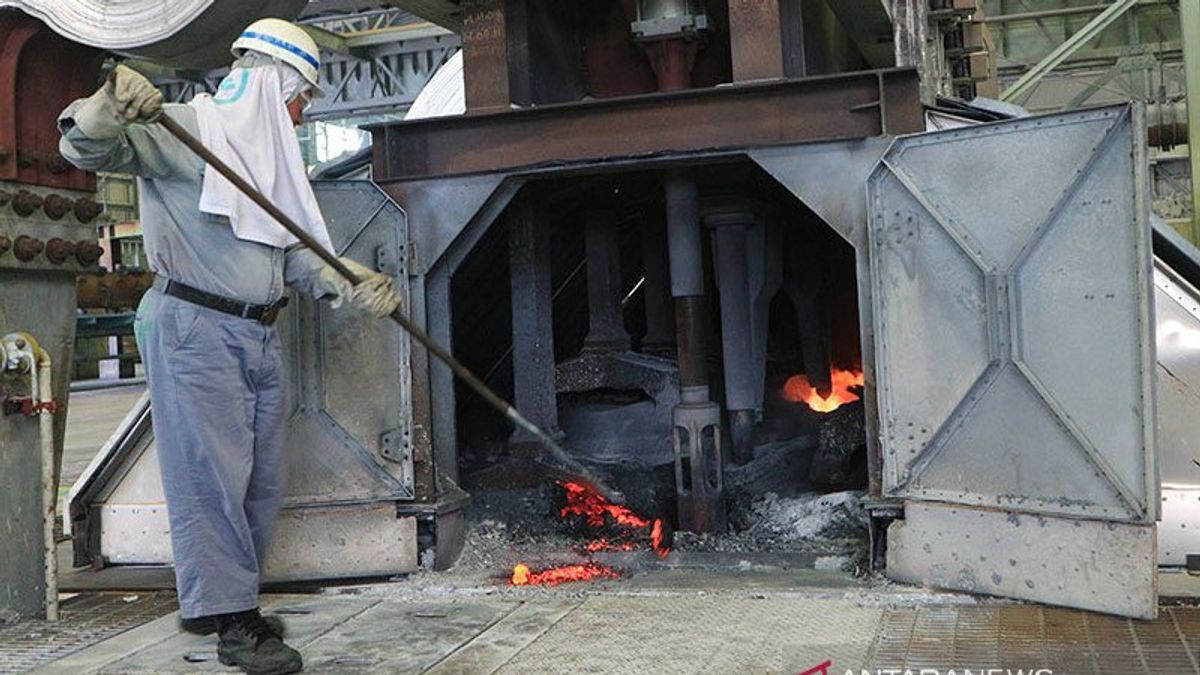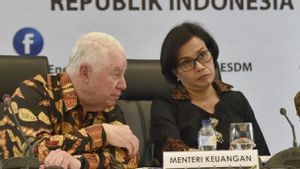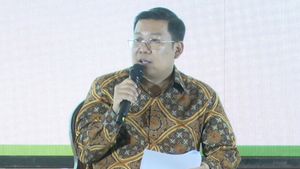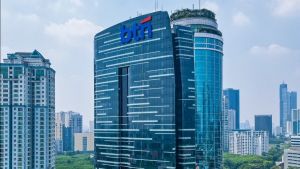The Ministry of Industry revealed that the contribution of the mining sector to state revenues continues to increase in line with the downstream policy being intensified by the government.
Spokesperson for the Ministry of Industry, Febri Hendri Antoni Arif, said that previously the export of raw materials contributed Rp. 17 trillion. Through the downstream strategy, this figure jumped by Rp. 510 trillion, supported by additional value nickel sales.
"This indicator clearly shows that the benefit of smelters benefits the national economy, not for other countries. The presence of foreign investment (PMA) is an investment lever for national economic growth," he said in a written statement on Sunday, August 13.
Febri explained that Indonesia's position as the main exporter of nickel downstream metal products has continued to strengthen in recent years, especially after the downstream policy and the ban on nickel ore exports were implemented.
It was stated that the export of Stainless steel, both in the form of slabs, HRC and CRC, touched 10.83 billion US dollars in 2022. That number increased 4.9 percent from 2021 which amounted to 10.32 billion US dollars.
VOIR éGALEMENT:
Based on data from worldstopexports 2022, Indonesia is the world's first HRC exporter with a value of 4.1 billion US dollars.
"The export of downstream products from other nickel also continues to increase rapidly," he said.
Not only that, Febri said that the presence of nickel in Indonesia was also able to boost the industrial GDRB in the province where nickel smelters are located. Southeast Sulawesi, as the largest nickel producer in Indonesia, experienced a growth in the GDRB processing industry by 16.74 percent in 2022, which was mostly contributed by the nickel processing industry.
Then, when viewed from the acquisition of Non-Tax State Revenue (PNBP), the nickel metal sector also experienced a significant increase, especially from nickel-producing areas such as Southeast Sulawesi of IDR 8.73 trillion, followed by North Maluku province IDR 6.23 trillion.
"The presence of smelters within the framework of nickel downstream also has an impact on the micro, small and medium enterprises (MSMEs) sector in the area around the smelter," he said.
"Hilirization should not be seen from the ownership smelter, be it PMA or PMDN, but rather towards an economic added value approach, so that the benefits felt by the downstreaming will provide real value for national development," concluded Febri.
The English, Chinese, Japanese, Arabic, and French versions are automatically generated by the AI. So there may still be inaccuracies in translating, please always see Indonesian as our main language. (system supported by DigitalSiber.id)















